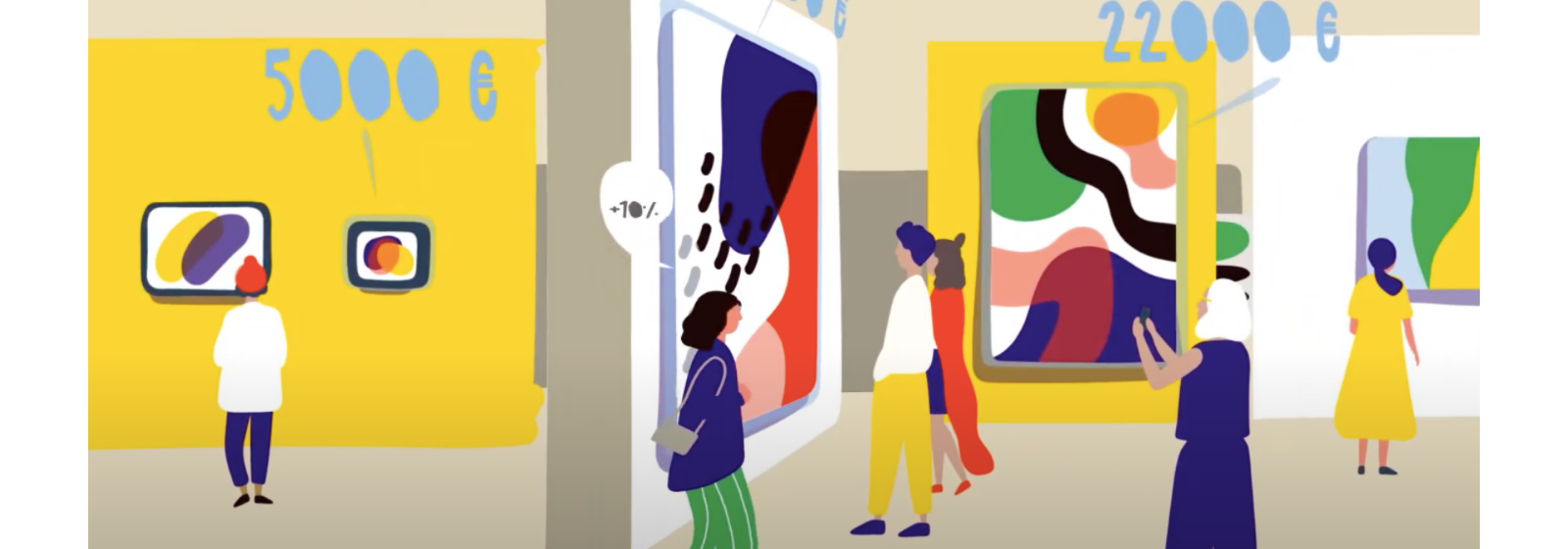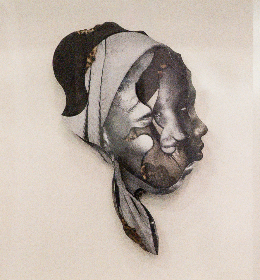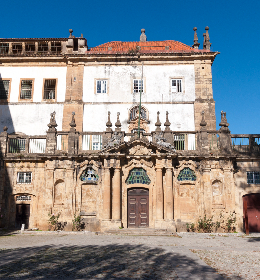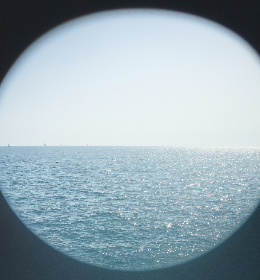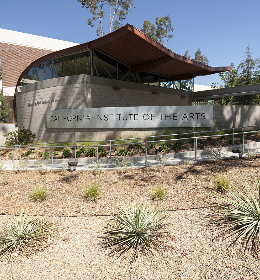Malevich.io is a curated online platform that facilitates the buying and selling of art using blockchain technology, in which each artwork is assigned a unique “Artwork Token” that can be traded in real time. Whilst the acquirer of the Token can choose to keep or trade on the piece, the physical artwork remains in the custody of its public exhibition space.
For example, Malevich introduced art collectors to artist Jeremy Shaw’s project 'Phase Shifting Index' at the production stage and sold the first edition of the work for €150,000 in July 2019, enabling the artist to realise his artistic vision, develop his project and make it available to museum audiences.

Jeremy Shaw - Phase Shifting Index © Centre Pompidou & the artist
How does it work?
Developed by a London-based team of Brits and Russians, Malevich features three branches: Trading, Collaboration and Studio.
On the trading side, once users have signed up they can purchase the internal SQR currency (with a fixed rate of 1SQR=1EUR) which can then be used to bid for artwork tokens. Once bought, the artwork remains in an institutional exhibition and can be resold with 3% commission. If the user wishes to have the piece in their own home they may, but they will no longer be able to resell on the platform.
Marrying CEO Vitaly Redkin's expertise from the world of finance and co-founder Svetlana Marich's knowledge of the art world as Worldwide Deputy Chairman at Phillips auction house, the business model is based on the potential growth of the art market, with the 3% resale costs going towards financial transactions and storage costs. The hope is that, as turnover increases, the percentage commission can be lowered even further.

Svetlana Marich © Malevich
As part of the Malevich Collaboration branch, the platform works with top international museums to select and curate exhibitions by established and upcoming contemporary artists. Every work available on the platform is a carefully curated choice.
Why care?
Setting itself apart from other online trading platforms, Malevich’s innovative ecosystem looks to support all of its participants, equally benefitting investors, collectors, galleries, artists, museums and public institutions.
With 0% buyer fees and only 3% sale fees, the platform offers a desirable alternative to other mainstream platforms. The ability to invest in projects in their production stage, acquiring museum-quality artworks at affordable prices, is particularly attractive both financially and in terms of connecting investors to artists to enable the creation of a greater number of projects.
As well as art market participants, Malevich offers advantages for the wider public and the planet too: “We developed a unique system where besides traditional ways of acquiring and selling artworks we bestow a new life upon them: while the work is traded on the platform by collectors and investors, it is kept on display in museums, institutions and galleries, and is available for public viewing. This approach is ecologically friendly, as we dont ship artworks around the world, and provides generous access to human heritage,” explained CEO Vitaly Redkin.
The wider picture
Whilst it may seem like the idea behind Malevich erases the last barrier between art and pure financial investment, it has a much more community-spirited intention at heart. Combatting the statistic demonstrating that 83% of art buyers last year purchased pieces with an investment mindset, mainly storing them in warehouses or free ports (Deloitte Art & Finance Report 2019), Malevich wants to embrace the collectors who are increasingly willing to share their collections with the public, keeping art out of secreted warehouses and in the public eye.
Hoping to make art more accessible to a wider audience, including those who have never been involved in the art world before, Malevich runs a series of exhibitions, events, lectures and symposiums. With arts professionals such as curator/critic Hans Ulrich Obrist, curator/art historian Norman Rosenthal, and museum director/critic Daniel Birnbaum, the Symposium Series brings together experts from the arts and sciences to provide a platform for the exchange of interdisciplinary knowledge




